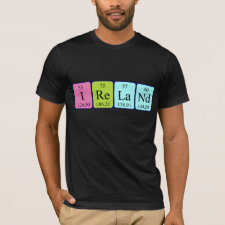
Authors: Zhang XG, Zhu QJ, Hu P
Article Title: Ultraviolet Spectroscopic Investigations into Melamine Molecular Imprinting Pre-assembly System.
Publication date: 2011
Journal: Food Science
Volume: 32
Issue: (21)
Page numbers: 128-132.
Alternative URL: http://www.spkx.net.cn/EN/abstract/abstract16354.shtml
Abstract: According to the ultraviolet spectrum (UV) of melamine (MEL) molecular imprinting pre-assembly system, hydrogen-bonding interactions existed between melamine (MEL) and three monomers including methyl acrylic acid (MAA), itaconic acid (IA) and acrylamide (AM). AM revealed the greatest impact on the system, the second place was taken by MAA, and IA had the smallest effect. π ->[ pi]* electron transitions of the conjugated double bonds in the triazine ring and the aromatic nucleus replaced by chromophore in MEL took place under hydrogen-bonding interactions and therefore maximum absorption wavelength of each pre-assembly system revealed a red shift. The optimal molarity ratios between MEL and three monomers were c(MEL): c(MAA) = 1:6, c(MEL): c(AM) = 1:8, and c(MEL): c(IA) = 1:8. Differential ultraviolet spectral analysis showed that one MEL molecule could be conjugated with two MAA molecules, three AM molecules and one IA molecule to form their own complex types in three pre-assembled systems.
Template and target information: melamine
Author keywords: Melamine, molecular imprinting, pre-assembly system, UV spectrum, molecular recognition



Join the Society for Molecular Imprinting

New items RSS feed
Sign-up for e-mail updates:
Choose between receiving an occasional newsletter or more frequent e-mail alerts.
Click here to go to the sign-up page.
Is your name elemental or peptidic? Enter your name and find out by clicking either of the buttons below!
Other products you may like:
 MIPdatabase
MIPdatabase









